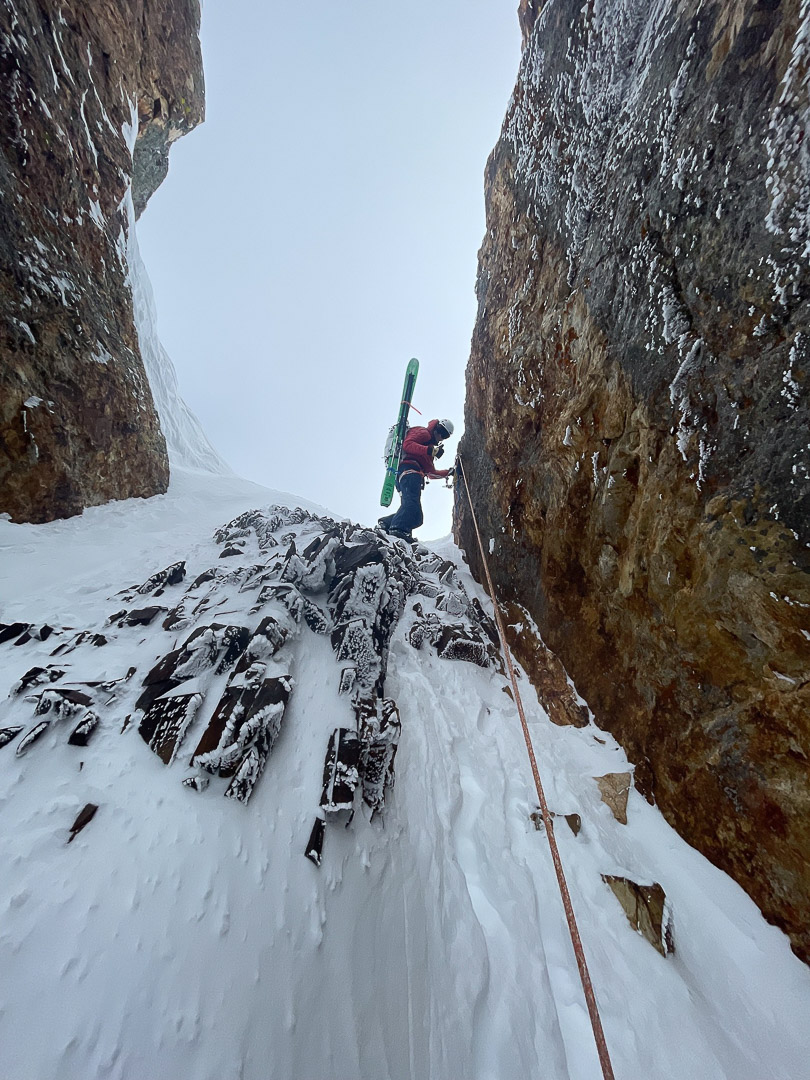Background
The Wilderness Act passed in 1964, created the National Wilderness Preservation System with large and small wilderness units managed by the National Park Service, Forest Service, Bureau of Land Management, and the Fish and Wildlife Service. We often think of wilderness areas as having “primeval character” and landscapes and ecosystems absent most (if not all) human-made improvements or habitation. Many know wilderness areas as zones absent motors, including bikes and drones. We also know these areas to be fine places for adventure climbing and skiing/riding.
The Proposals
Two proposals, one by the National Park Service (Department of Interior) and the other by the Forest Service (Department of Agriculture), aim to redefine how the agencies interpret pre-existing and future climbing anchors in wilderness. For more clarity about the fixed anchor issue, we’ll jump ahead to page 5 in that document and zero in on the highlighted language below:
“PROHIBITION OF CERTAIN USES
(c) Except as specifically provided for in this Act, and subject to existing private rights, there shall be no commercial enterprise and no permanent road within any wilderness area designated by this Act and except as necessary to meet minimum requirements for the administration of the area for the purpose of this Act (including measures required in emergencies involving the health and safety of persons within the area), there shall be no temporary road, no use of motor vehicles, motorized equipment or motorboats, no landing of aircraft, no other form of mechanical transport, and no structure or installation within any such area.”
The statement “there shall be no structure…or installation within any such area” holds the key to this potential new interpretation. The two proposals aim to define climbing anchors as permanent installations. For reference, the NPS defines an installation as “Anything made by humans that is not intended for human occupation and is left unattended or left behind when the installer leaves the wilderness.”
Read the NPS fixed anchors in Wilderness proposal (scroll to bottom).






Leave a Reply
You must be logged in to post a comment.